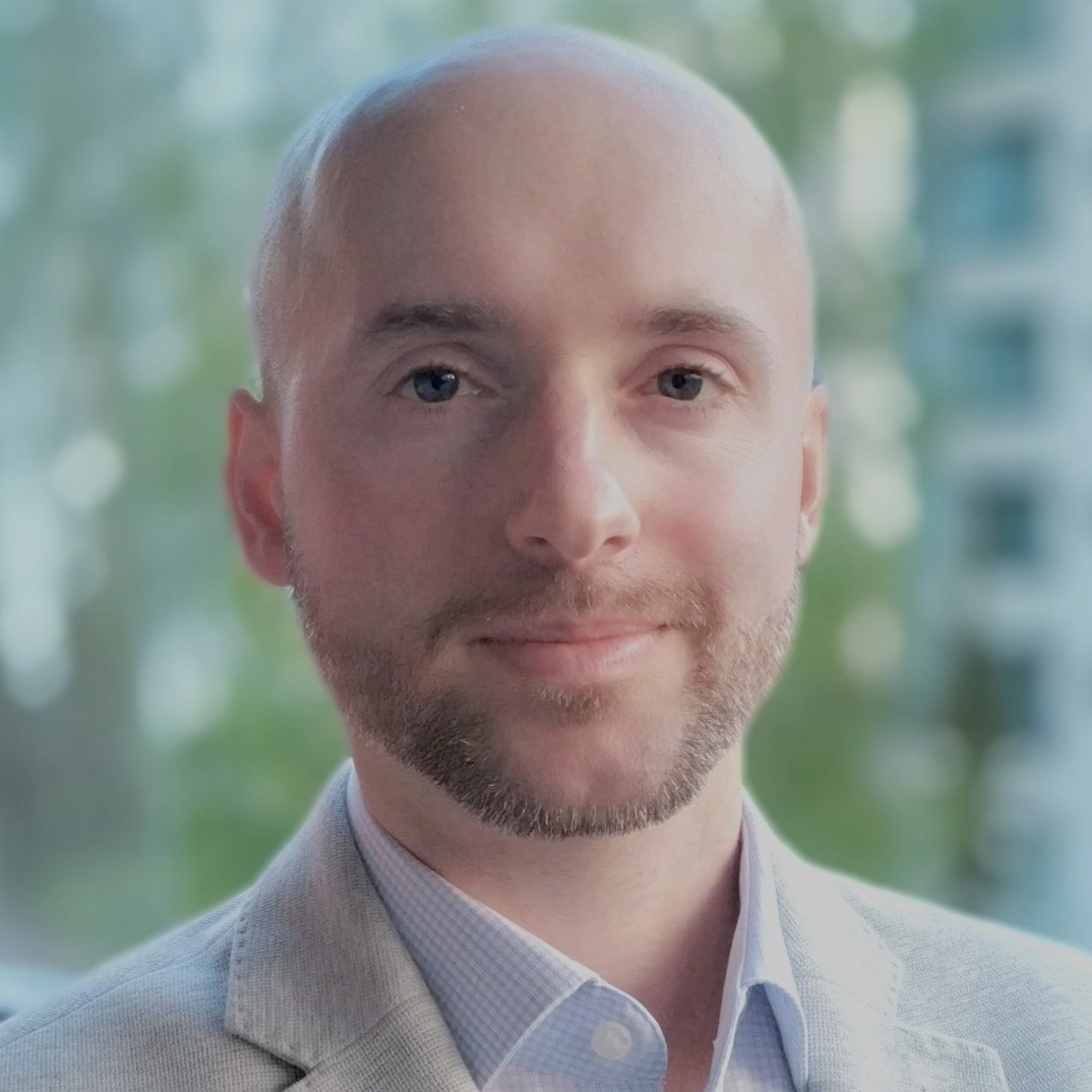From pocketable laser pointers to photonic quantum computers, optical resonators all have one thing in common: their role is to trap and concentrate photons for the longest time possible.
Optical resonators take various forms. The simplest resonator can be made of a pair of mirrors, between which light propagates back and forth, being reflected. Technologically more advanced resonators are usually more compact and comprise microscopic light-guiding racetracks or periodic multiply scattering nanostructures.
Regardless of their form, all resonators are subject to losses that reduce their performance. In the case of optical systems, the main losses are due to light escaping the system by propagation away from the resonator (radiation loss) or by being absorbed into the material and converted into heat (absorption loss).
While the radiation loss has been mitigated by researchers using destructive interference in a phenomenon known as optical bound state in the continuum, the absorption loss has commonly been regarded as inevitable in optical systems that use absorbing materials, such as metals.
Aalto University Academy Research Fellow Radoslaw Kolkowski and Senior Lecturer Andriy Shevchenko have shown how to improve optical resonators in a way that cancels out both the radiation and absorption losses.
‘By mitigating both the radiation and absorption losses, we can theoretically trap photons in a closed system indefinitely, despite using an absorbing material to build the system,’ Kolkowski says. ‘Boosting the resonance quality factors allows us to greatly enhance the interaction of light with matter, which can be used in a multitude of applications, for example, in laser technology, spectroscopy, metrology, and nonlinear optics.’
In a paper , Kolkowski simulated a metasurface made of an array of loss-prone gold nanoparticles and a planar waveguide supporting two guided modes. There, he was able to create a hybrid resonance in which there was neither radiation nor absorption loss. The demonstrated loss cancellation mechanism is universal and has the potential to radically improve all kinds of resonators beyond the realm of optics.
‘Think of any oscillators: pendulums, acoustic or seismic vibrations, quantum excitations. This approach can be applied to any of them, which can lead to a variety of useful applications and creation of new devices,’ says Shevchenko, who also leads the Optics and Photonics research group in the Department of Applied Physics.
While the theory is airtight, there is still room for inefficiencies in real-world use. This could be due to fabrication imperfections and finite size of absorbing resonant structures. Even still, the quality improvement of photonic systems made evident in the research carves the path forward for making superior devices with untold new functionalities.
The paper, titled ‘Enabling infinite Q factors in absorbing optical systems,’ comes complete with a with detailed instructions on how to carry out the simulations to reproduce the presented results
The research was made possible by and the , which is funded by the Research Council of Finland. The computational resources for performing the simulations were provided by the Aalto University School of Science Science-IT project and the CSC – IT Center for Science.













